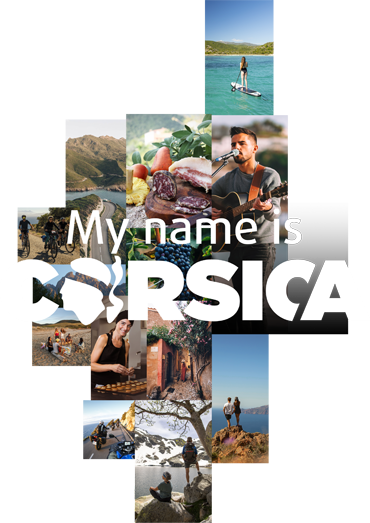Rechercher...
Explore Corsica
In the footsteps of Pasquale (Pascal) Paoli in Corsica
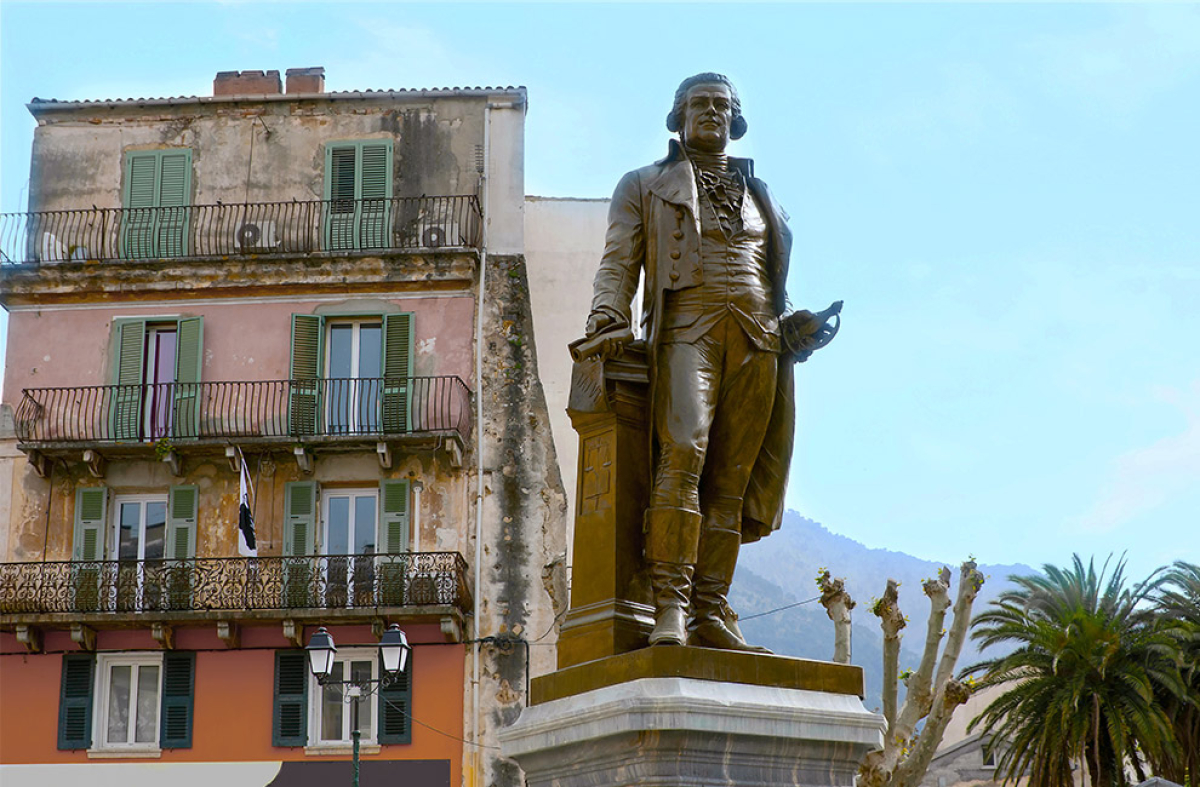
An iconic journey
After centuries of foreign domination, mainly by Genoa, Pasquale Paoli succeeded in liberating Corsica. It was in Corte, in the former university, now converted into a museum, that his progressive ideas changed the history of the island. In 1755, he drafted a constitution that was revolutionary for its time. It established innovative principles of freedom, equality and justice. Corsica became one of the first regions in Europe to adopt modern democratic principles. This period marked the height of his career as a leader of the Corsican independence movement. He gave his people legitimacy.
Faced with external pressures and successive invasions, Pasquale Paoli was forced to leave Corsica in 1769. This was followed by 21 years of exile in London. He continued to spread his ideals of justice, freedom and equality throughout Europe. His writings and speeches crossed borders, inspiring courage and hope among oppressed peoples.
Good to know: The legacy of Pasquale Paoli
Following his death in London in 1807, numerous posthumous tributes were paid to him through ceremonies, monuments and writings. The return of his ashes to Corsica in 1889 was one of the most significant. In Bastia, you can admire the bronze statue of him, created by the sculptor Vital-Dubray in 1864. Located in Place Saint-Nicolas, it celebrates Pasquale Paoli as a Corsican national hero.
Visit Corte: the former capital of Corsica

Nestled between mountains and valleys, the former capital of independent Corsica is now a dynamic university town where youth and history intertwine. With its cobbled streets and centuries-old facades, Corti is home to a unique heritage with authentic charm. The University of Corsica - Pasquale Paoli, founded in 1765, brings a vibrant energy to the city. Its 5,000 students and locals bring cafés, squares and pedestrian streets to life.
As soon as you arrive, let yourself be carried away by the hustle and bustle of Cours Paoli, the city's main thoroughfare. Lined with lively cafés and small shops, this shopping street is a meeting place for locals, students and curious travellers. Enjoy the terraces under the sunny sky, then head to Place Paoli to discover its statue.
Venture into the steep alleyways of old Corti, where time seems to stand still. Here, the centuries-old stones of traditional houses tell the story of this town proudly perched on its rocky spur. Climb up to its imposing citadel, a listed historical monument. Nicknamed the eagle's nest, it dominates the town majestically. From its ramparts, the view is breathtaking. Below, Corti comes to life. In the distance, the mountains of the Restonica Valley form a spectacular panorama.
At the foot of the citadel, you will find the starting point for a hike in one of the island's most beautiful mountain valleys. This natural paradise is home to the deep gorges of the Tavignanu. Treat yourself to a swim in the crystal-clear water of one of its many natural pools.
The town is also home to the ‘Ethnographic Museum of Corsica’. Immerse yourself in the heart of Corsican identity through permanent collections and temporary exhibitions often linked to the history of independence.
Morosaglia, the birthplace of Pasquale
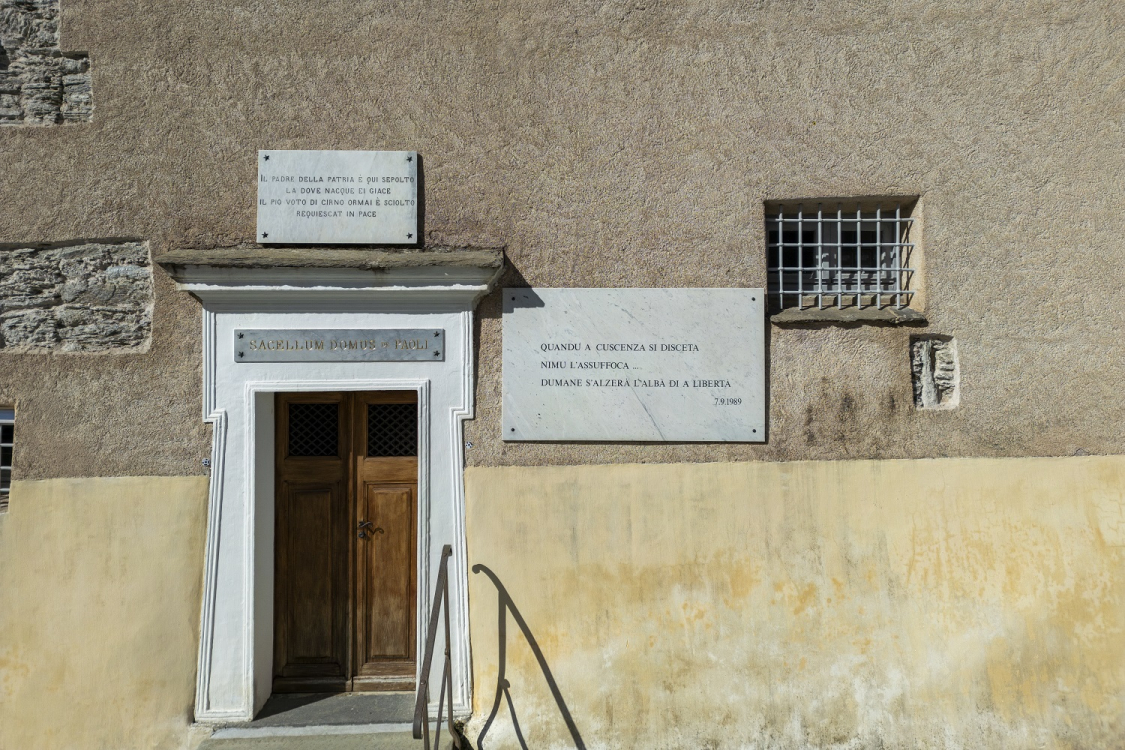 ©ATC S.ALESSANDRI
©ATC S.ALESSANDRI
Born in 1725 in Merusaglia (35 km from Corti), in the heart of the Castagniccia region, Pasquale Paoli came from an influential family of Corsican notables.
The village is now an important place of remembrance. Here you can visit Pasquale Paoli's birthplace, now converted into a museum and labelled a ‘Maison des Illustres’ (House of Illustrious People). This place traces his life and career through portraits, paintings and objects, from his birth in 1725 to his death in 1807.
The imposing house is covered with a slate roof typical of the region. The interior has retained its charm with chestnut floors and imposing staircases.
A funeral chapel adjoins the museum. The ashes of the General of the Nation are kept there with his tombstone. Many Corsicans still come to pay their respects.
In the rest of the village, traditional Corsican architecture has been preserved, immersing you in an authentic atmosphere. Take the opportunity to stroll through its picturesque streets.
Good to know: A Strada Paolina
The museum is one of the 13 points of interest on the A Strada Paolina, a heritage and cultural trail following in the footsteps of Pasquale Paoli. This fun route, far from the tourist spots, takes you on a journey through the remains of Corsica during the Age of Enlightenment. Churches, bridges, convents, listed monuments and buildings are linked by a common theme: General Pasquale Paoli. Information panels for walkers are installed at each point of interest.
Pick up a map of the route at the tourist office and turn your stay into a real historical treasure hunt through breathtaking landscapes.
For sports enthusiasts: Cycling enthusiasts can challenge themselves on the cycle route: u giru di a Strada Paolina.
2025: the tercentenary of the birth of Pasquale Paoli
 ©ATC S.ALESSANDRI
©ATC S.ALESSANDRI
In 2025, Corsica will celebrate the tercentenary of the birth of Pasquale Paoli
with a series of cultural, educational and commemorative events organised across the island. The celebrations will begin on 6 April 2025, the anniversary of Pasquale Paoli's birth (6 April 1725), in his native village of Merusaglia, Corsica. This inauguration marks the start of a year rich in events, organised in particular by the University of Corsica - Pasquale Paoli until 8 December 2025, Corsica's national holiday:
Symposiums and conferences on his political and cultural influence. Travelling exhibitions of artistic works and historical documents. Artistic, musical and theatrical creations inspired by Paoli's actions and their impact on Corsican culture. Student projects to revisit and disseminate Paoli's legacy.
It is impossible to visit Corsica without coming across a street name, a statue or a reference to Pasquale Paoli. From the steep paths of Merusaglia to Corti, every place linked to Paoli tells a fascinating page in Corsican history. Let yourself be carried away by this cultural, historical and sensory adventure through some of the most beautiful Mediterranean landscapes
Locate
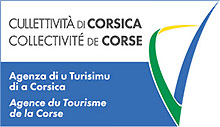
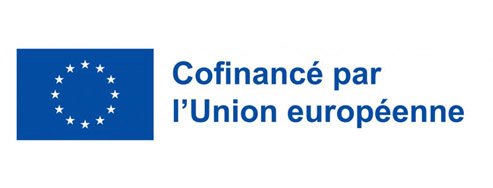
powered by cd-media.fr



